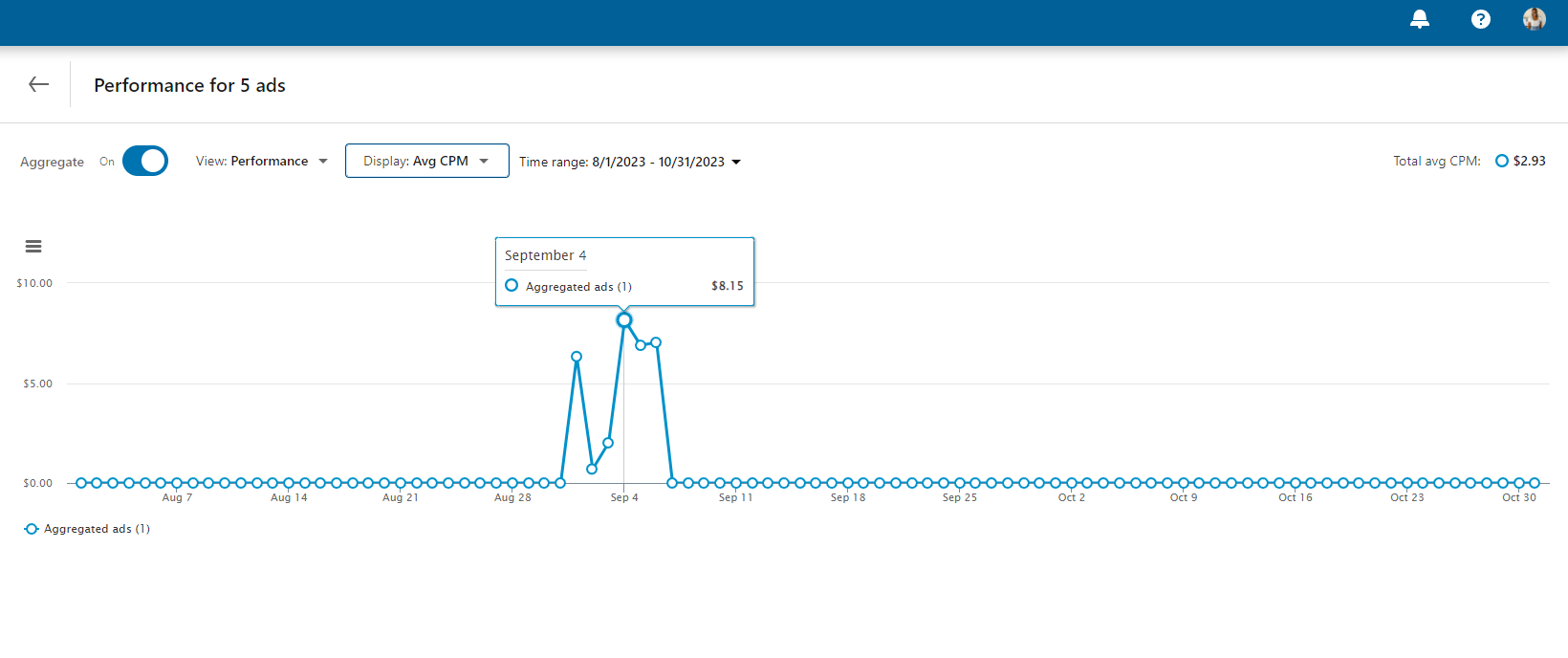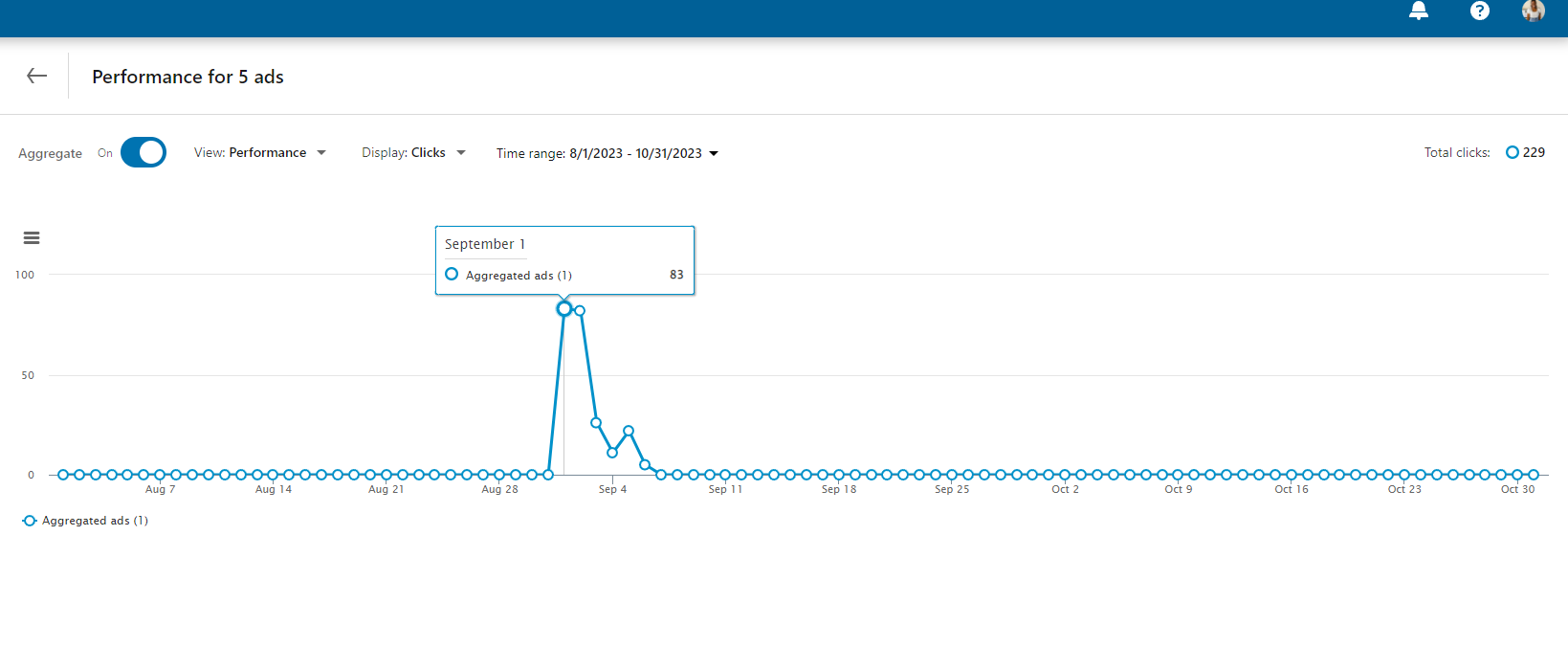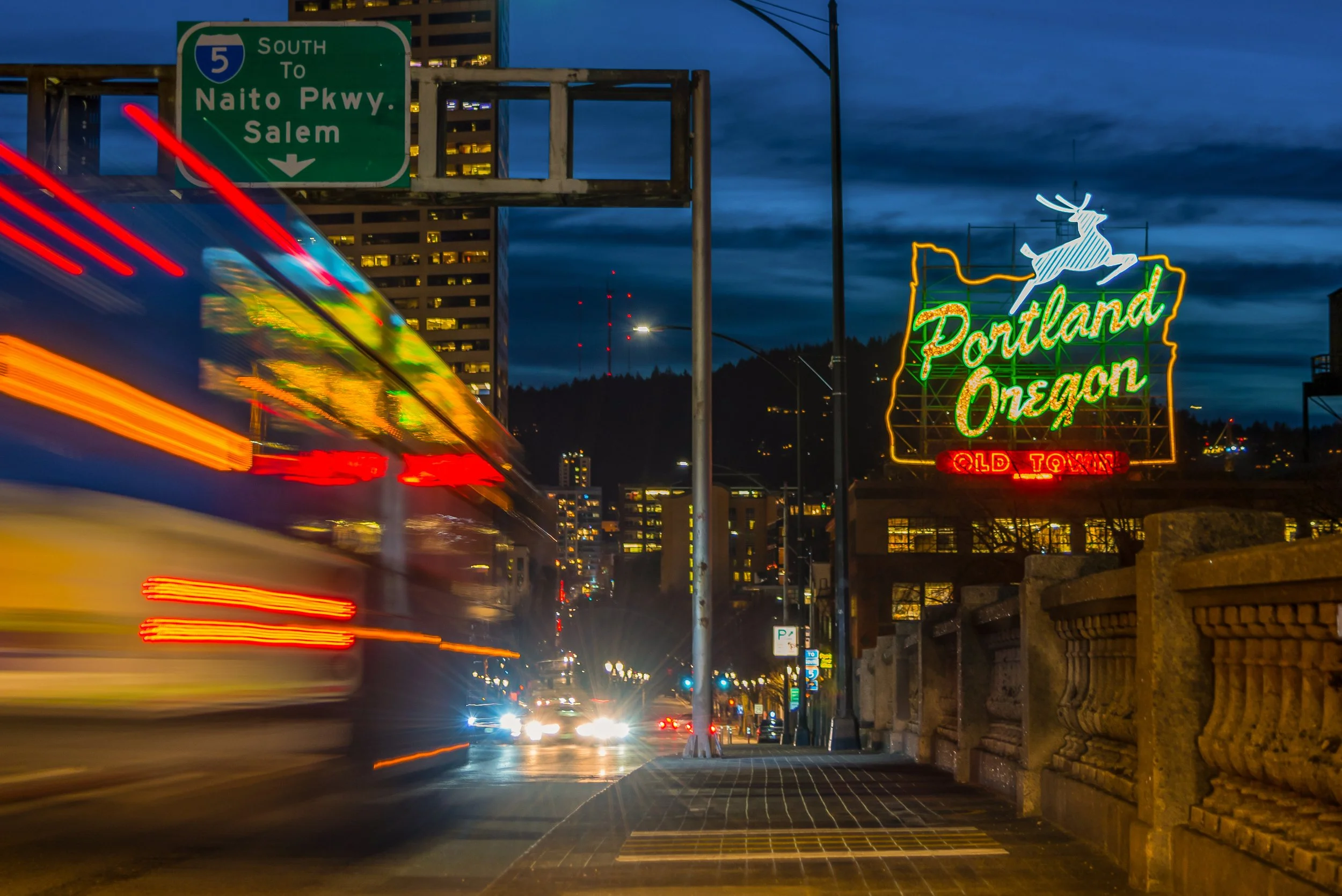We Tested Digital Vs. Traditional Marketing To See Which Is Best For Business Growth
We have a knack for digital marketing—from creating infographics to doing SEO research to blogging—but we decided to go analog last year. For the first time since we launched in 2021, we tried traditional marketing (print and word-of-mouth) last September. To make this ad campaign a little more interesting, we also ran a LinkedIn ad campaign using digital copies of the same flyer as our traditional marketing campaign.
We were curious whether local and traditional marketing could rival digital marketing in the Internet age and whether word-of-mouth (WOM) remains the most effective form of marketing. What are the pros and cons of traditional vs. digital marketing? Could we still rely on local marketing or WOM for brand awareness and business promotion? Which kind of marketing has the highest ROI (return on investment)?
Before discussing the experiment, let’s define the three terms first.
What is digital marketing?
Digital marketing involves businesses promoting and selling a product or service using digital (or internet) media, such as websites, emails, text messaging, and social media.
What is traditional marketing?
Traditional marketing involves promoting and selling products or services using offline media such as billboards, print ads, radio, and TV.
What is word-of-mouth marketing?
Word-of-mouth marketing drives promotion by providing exceptional service so customers/clients share their positive experiences—through both digital and non-digital means. When you visit a restaurant and receive excellent food and customer service, you tell all your friends about it (talking, texting, video chat, DM, etc.)—this is word–of–mouth marketing.
All forms of marketing have the same goal: to reach customers and influence them to take action. Only the means of achieving this goal differ. No matter which marketing strategy you choose for your creative business, we suggest crafting a strong value proposition first.
And now, here’s how our marketing experiment went.
Getting to Know Local Businesses through Traditional Marketing
The Set Up
We talked to shop owners at businesses we frequent. It’s easier to ask for support when you already have a record of support. And tipping local businesses comes in handy, too, as we didn’t have to pay any of the companies that put up our flyers. We’re pretty sure they would have accepted our flyers even if we don’t regularly tip, but I strongly feel that that influenced where our flyers were placed (in prime locations on the shop windows where their customers can see them). We spread these flyers in a neighborhood close to Downtown Portland. We started this part of the project in August to get a head start on the traditional campaign. We were in a high-traffic neighborhood, in shops that cater to creative people, and our flyers were placed in ideal window spots. We were set for our experiment.
When writing this article (March 27, 2024), our flyers were still on the windows of at least one shop. Thankfully, it’s the one in the best neighborhood we chose.
Pros (what worked well)
1. Apart from the printing fee, which was about $30, this was a free campaign! It costs us nothing to politely ask our local shops for support. If you’re curious, we wanted a quick and dirty advertising experience, so we created and printed our flyers on Canva. If we were doing a full campaign (something large like a billboard), we would have created vectors from scratch in Adobe Illustrator. But for a few high-quality paper flyers, Canva did the job!
2. The shop owners were excited to support us and learn about our business. This could potentially lead to a referral client – making print ads effective for lead generation, but there’s no way to directly measure that (more on this in a bit).
3. Digital marketing is highly creative and fun, but printing and walking around with flyers was special. Some people (like older demographics) enjoy tangible products they can touch, so the print flyer is perfect for wooing them and gaining their trust.
4. Since we were placed in high-traffic locations, this could lead to brand recognition. Customers seeing the same flyer in different shops will recognize the campaign, which could help build brand recognition.
5. Location matters! But it doesn't matter for us since we’re a digital business—all our clients are in different states and countries. The location would matter if we were a restaurant, car dealership, barbershop, or thrift store because we’d depend on local foot traffic.
If we were a brick-and-mortar business, traditional marketing – especially with other marketing like radio, magazines, and billboards - would be a large portion of our advertising budget.
Cons (what didn’t work well)
1. There’s no way to track ROI (return on investment). Sure, our investment was just $30 and maybe three hours of talking to shop owners, but there’s still no way to track how many people saw our flyers, took pictures of them or scanned the QR code, went to our website, explored our website, or made a purchase. We have no clue who this foot-traffic audience is. We have no analytics on engagement rate, so we can’t gauge our ROI. Measuring ROI is the whole point of marketing.
2. Traditional advertising could be costly and inconvenient for non-brick-and-mortar businesses. We chose to place our flyers in a neighborhood near Downtown Portland. But what if we wanted to put flyers in nearby cities and suburbs? We would then include transportation and meal costs.
It rains a lot in Portland, so any ads we post outside shop windows or on poles at intersections will be destroyed within a few weeks or months. We’d have to reprint new flyers, increasing our fees yet again. At the same time, the digital ads we created can be reused for as long as we have the files. Ahem, the internet is forever.
Increasing Brand Awareness through Digital Marketing
The Set-Up
We ran the digital advertising campaign for about a week, from September 1 to 6, 2023. LinkedIn has an impressive advertising platform that rivals Google because it can accurately find and communicate with your target audience using a robust analytics suite. But that’s a conversation for another day.
We ran five ads, each a single page of the same flyers we used for our print advertising campaign. We set a time (one week) and price ($100) limit for the campaign. We set different target audience categories, but they all had the same goal: increasing brand awareness. We’re still getting the hang of LinkedIn, but it seems to be an essential platform for creators and business owners alike - whether or not they’re job hunting.
Pros (what worked well)
1. We didn’t have to travel to complete this ad campaign! It cost more than the traditional campaign, but we were able to track the results and see our ROI.
2. Speaking of ROI, we could track the ad campaign results. We know the reach, impressions, and CTR (click-through rate) of each ad we placed on LinkedIn. We ran this simple ad campaign for a week, but with more tweaking and a bigger budget, we would undoubtedly get a higher ROI.
3. We had more control over who saw our ads. We could narrow down our target audience based on the demographics, values, interests, and locations we established in our brand strategy guide for Morse Creatives. We could get as specific as we wanted with targeting.
4. We weren’t limited to a local audience. We reached a larger audience nationally and internationally, and because we’re a digital company, this is precisely what we want.
5. Digital ads are customizable in multiple ways. First, we could have set a bigger budget and longer ad run time (a month instead of a week). We could have gotten more granular with our target audience. We only used LinkedIn, but we could have replicated this campaign on Google Ads, Instagram, Pinterest, X, Facebook, or even our website!
6. Digital ads, and digital media in general, are more interactive not only customizable. Our target audience was able to click the ads and explore our website. They could also like, comment on, and share the flyer, which increased our brand awareness.
Cons (what didn’t work well)
1. Although we got more bang for our one hundred bucks, we didn’t get the same excitement in preparing our digital campaign as we did from printing our flyers and interacting with people in our city. We are very pro-digital, but nothing replaces human interaction; nothing ever will. This means Morse Creatives will always sustain relationships with and support local businesses.
Building Client Trust Through Word-of-Mouth
The Set Up
We technically started word-of-mouth marketing in 2021, during our first year of operation as Morse Creatives. As a new company, we’ve always been focused on providing the absolute best customer service to every client, no matter the project scope or budget. However, from September 2023 to February 2024, during our marketing experiment, we went far above and beyond by providing in-depth guidance, resolving barriers, and asking for feedback from our strongest clients.
Pros (what worked well)
Well, it worked! We got two referrals. Yes, it’s a small amount of referral compared to the many leads that our LinkedIn ad provided, but WOM led to one of our most reputable clients yet. And the best part, each new client had at least two projects (websites, social media campaigns, and content marketing) for us to complete.
WOM led us to build a relationship with not one but two new clients who plan to stay with us for several of their projects (meaning several years!). Make sure you stay updated on our latest projects.
Cons (what didn’t work well)
The major setback is that WOM can be slow and time-consuming. Over those five months, we checked in with clients weekly (a few monthly) via email, text messages, and video chats. It took more time and effort, but it was worth it because we not only got a big client but also refreshed our relationship with our most dedicated clients. We don’t mind the extra effort we make to nurture our clients; that’s always a win-win situation for us.
The Experiment Results
Since there was no way to measure the results of our print campaigns, the results are about the digital ad campaign, with references to the print version.
We didn’t know which audience members were interested in our products or services in the print campaign. However, with the digital campaigns, our ads were only shown to people already interested in our offerings.
Over that week, total impressions were 34,161, with the highest at 17,448 impressions. The average CTR was 0.67%, with the highest at 1.95%. The average CPM (cost per mille/cost per thousand) was $2.93, with the highest at $8.15. CPM measures how much we pay advertisers for 1,000 people in our target audience to see our ads. This is how YouTubers get paid through the YouTube Partner Program! Discover five other ways creators and influencers make money.
We got 229 clicks total, with the highest at 83, increasing our CTR on Squarespace and Google Analytics.





The Verdict
Through YouTube and our previous blogs, we have over six years of experience in inbound marketing, specifically content marketing. We’ve monetized our platforms on the strength of content marketing alone, but we’re focused on taking our business to the next level. We want to incorporate more growth strategies this year. This was the reason behind our campaign experiment.
So what’s the verdict?
We will continue with all forms of marketing - in varying degrees. All three have advantages and disadvantages, depending on the goal of the specific campaign we’re running.
Traditional marketing is still effective in reaching local customers. Digital marketing reaches a larger audience and is very interactive. Word-of-mouth marketing still reigns supreme in effectiveness, but it also reigns supreme in slowness.
As we gain more experience in advertising, we’ll incorporate strategies to make each kind of marketing work well for us and our clients.
In the meantime, we’re having fun with content marketing here in the blog section of Morse Creatives.




